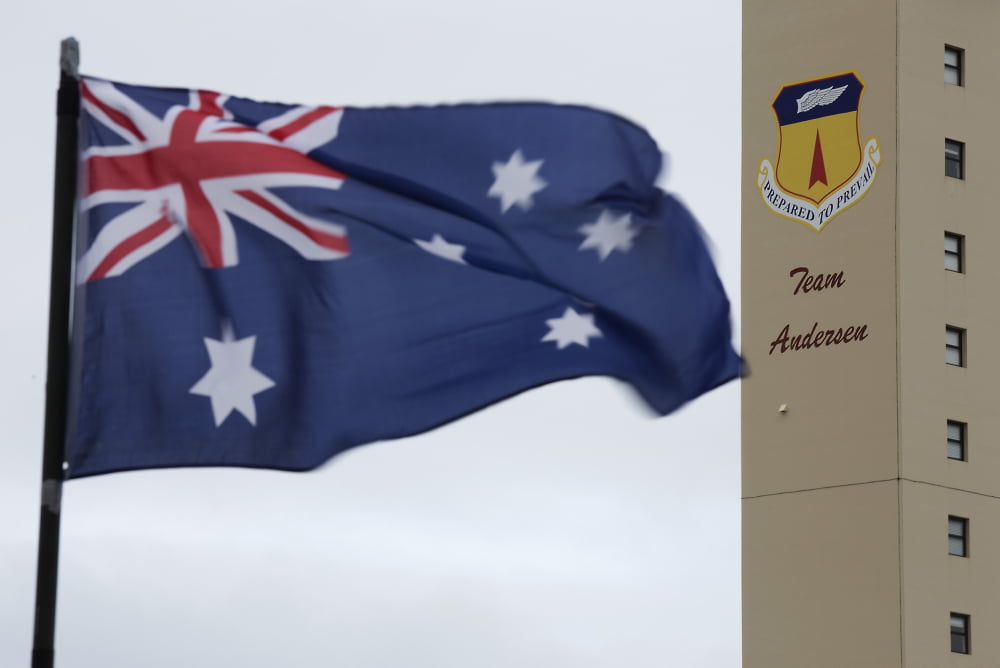2017-05-02 by Ross Babbage
When considering Australia’s future in Asia, many of us have had difficulty looking beyond China—but we have many better options in Asia.
At the core of our misperceptions are six myths about the potential for cooperation with Beijing.
The first myth is that China is driven by a political and business culture broadly compatible with ours where business and politics operate independently.
In reality, Chinese business is inseparable from politics because of the omnipresence of the ruling party, to which all other concerns are subservient, even in private enterprises.
The Communist Party leadership sustains its legitimacy by striving to deliver economic progress and restoring the global preeminence the Chinese civilization once enjoyed. Many rules are tilted against foreigners. Corruption is common, intellectual property theft is rife, and there’s no recourse to an independent judiciary.
A second myth is that a substantial liberalisation and democratisation of China is likely.
Since he came to power in 2012, Xi Jinping has taken personal control of the primary organs of the state; dissent has been quashed; the ‘Great Firewall’ has been strengthened, drastically curbing access to international information; religious and other organisations have been suppressed and state intervention in the economy has increased.
China is a tightly-controlled authoritarian state which treats dissent harshly.
A third myth is that China is not expansionist.
In a 2011 address in London, Malcolm Turnbull stated: ‘it is important to note that China’s growth in power, both economic and military, hasn’t been matched by any expansionist tendencies beyond reuniting Taiwan.’
That would come as a surprise to Tibet, Vietnam and the Philippines, let alone the 23 million in the vibrant democracy on Taiwan.
Then there is Beijing’s effective seizure of over 80 percent of the South China Sea, an area about the size of Western Europe from Poland’s eastern border to the English Channel.
The Chinese have effectively occupied almost all of the waters from Hainan to Indonesia and Malaysia and they vigorously apply Chinese domestic law there.
A fourth myth is that China generally abides by international law.
The Permanent Court of Arbitration on the UN Convention on the Law of the Sea determined unanimously last July that there was no legal basis for China’s claim to historic rights over the resources and areas in the South China Sea.
This judgement, carrying the full force of international law, was immediately dismissed by China as ‘null and void.’
In September 2015, when Xi Jinping met President Obama in Washington, he stated that: ‘relevant construction activities that China is undertaking in the Nansha (Spratly) Islands (in the centre of the South China Sea) do not target any country, and China does not intend to pursue militarisation.’
This statement was a falsehood.
Finishing touches are now being made to three fighter bases on the islands, each with protected facilities for 24 fighter-bombers and at least four larger aircraft. Missile installations to target ships and aircraft are also nearing completion.
A fifth myth is that Beijing would never interfere in Australian affairs.
In reality, China is running substantial programs to influence Australian opinion with the acquisition of nearly all Chinese language publications; the courting of decision-makers, journalists, business executives and academics through fully paid visits to China; substantial contributions to political parties; the establishment of pro-Beijing associations, including 14 Confucius Institutes in Australian universities; the regular insertion of supplements in newspapers; and the organization of ‘patriotic’ demonstrations, concerts, and other events by its embassy, consulates and other pro-Beijing entities. Cyber and intelligence operations reinforce messages, recruit intelligence agents and ‘agents of influence,’ and intimidate, coerce, and deter counter-actions.
Beijing tolerates little foreign involvement in Chinese life but simultaneously conducts intrusive programs overseas.
A sixth myth is that Australia has no choice but to subsume its interests because China is its most important economic partner.
China is Australia’s largest trading partner in terms of imports and exports but Australian firms operating in the US earn four times the value of our simple imports and exports across the Pacific and so America is clearly our most valuable economic partner.
China is only the seventh largest source of foreign investment in Australia, far behind the US and Europe. In 2015 alone, the US invested more than the entire stock of Chinese investment here.
China isn’t Australia’s most important economic partner and, because of rising production costs, mounting debt and slowing growth, it may never achieve that.
Even if it did, taking a ’value-free’ approach of absolute deference to China would be cynical because it would place Australia’s economic interests above all else and put a price tag on our sovereignty. It would also be naïve because China’s appetite for our compliance could never be satisfied.
In order to make the most of the Indo-Pacific century, Australia should certainly cooperate with China where we can and sell a wide range of goods and services there.
However, if are to maximize our success and retain our independence, we need to recalibrate risks and turn increasingly to other parts of the region, especially to our ASEAN neighbours and India.
Malcolm Turnbull’s recent visit to Delhi and his enthusiasm for expanded links is an important advance. India and a number of other Asian countries offer more trustworthy governments, more compatible business and legal cultures, higher rates of economic growth and more sustainable political, economic and strategic partnerships.
https://www.aspistrategist.org.au/six-china-myths-need-diversify-asian-links/
Ross Babbage is CEO of Strategic Forum in Canberra and a Non-resident Senior Fellow at the Center for Strategic and Budgetary Assessments in Washington DC.
Republished with permission of the author.
If you wish to comment on this article, see the following:
Six China Myths and the Need to Diversify Australia’s Asian Links


